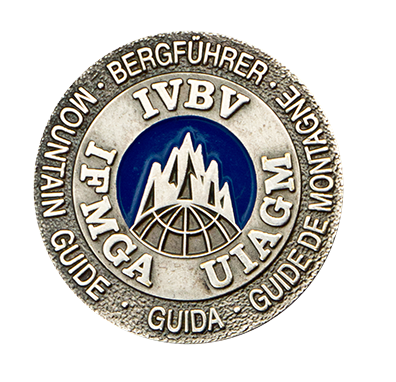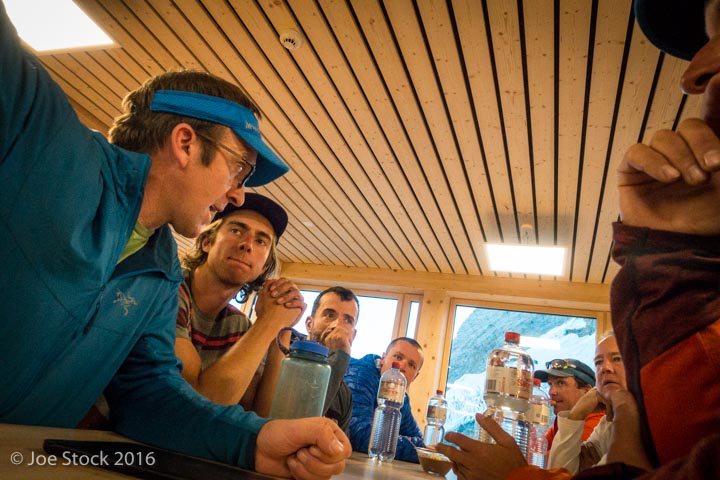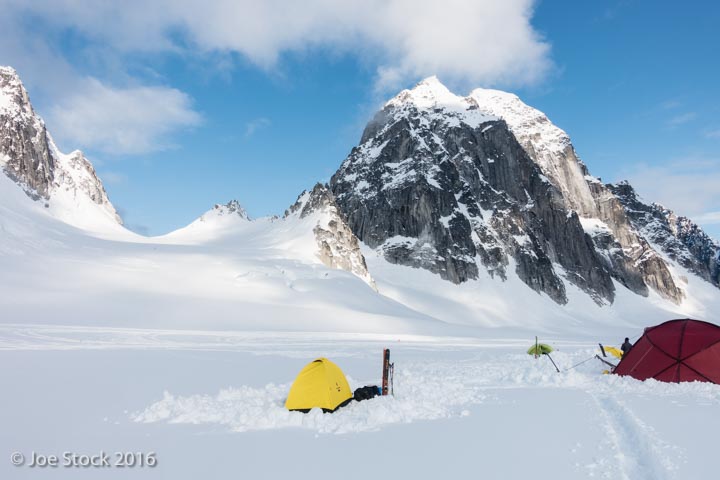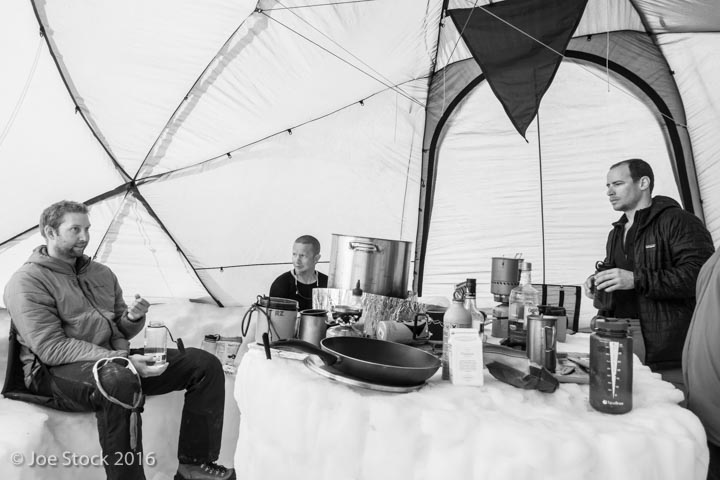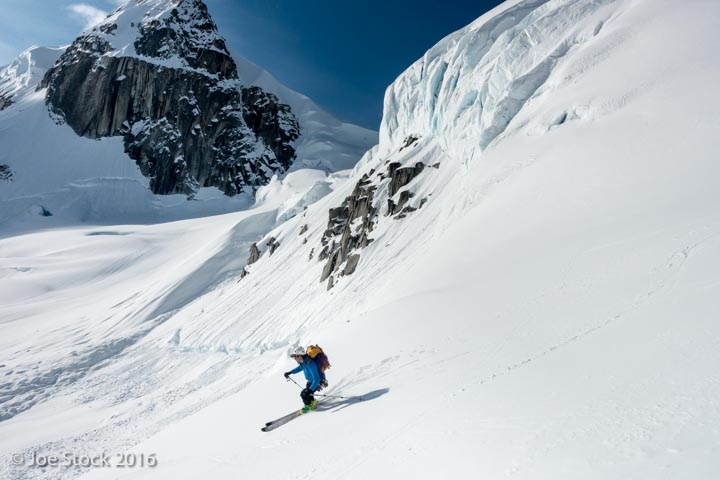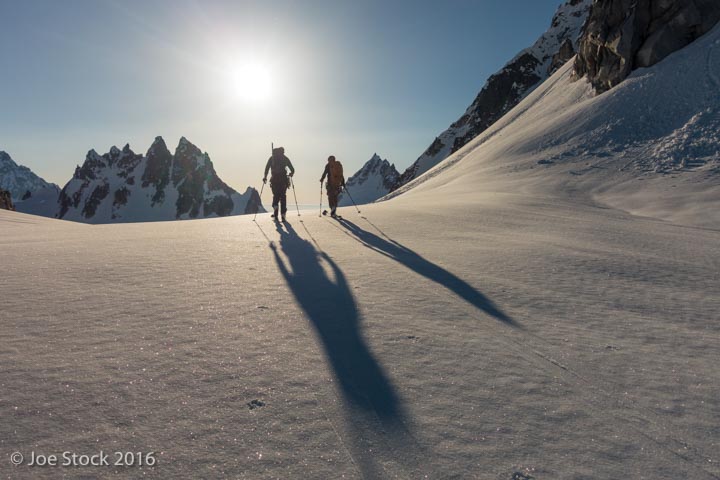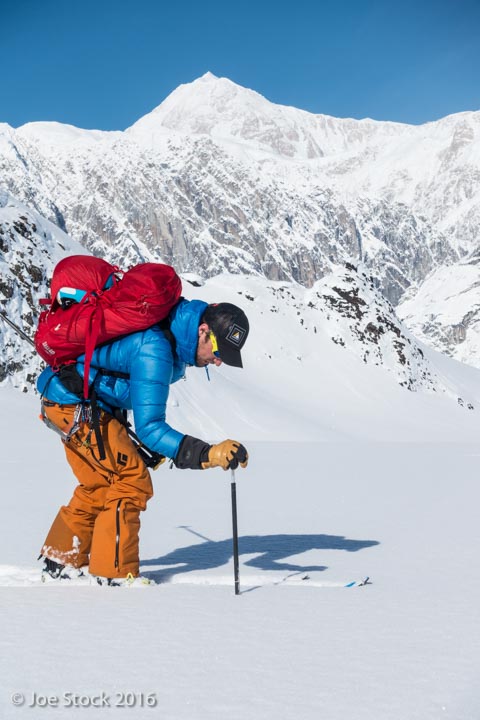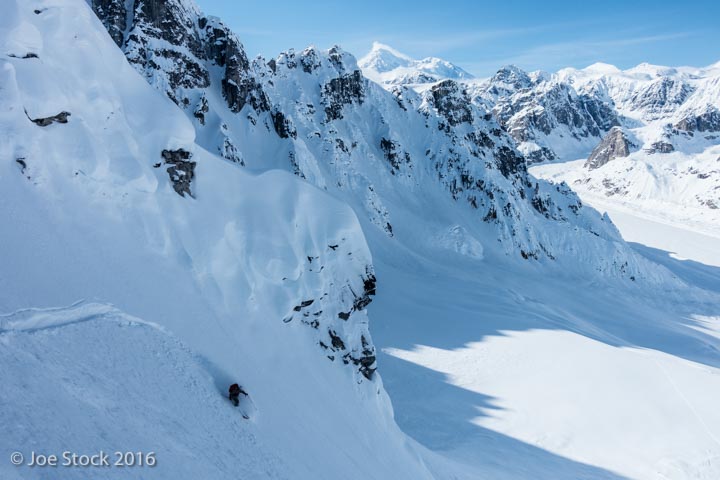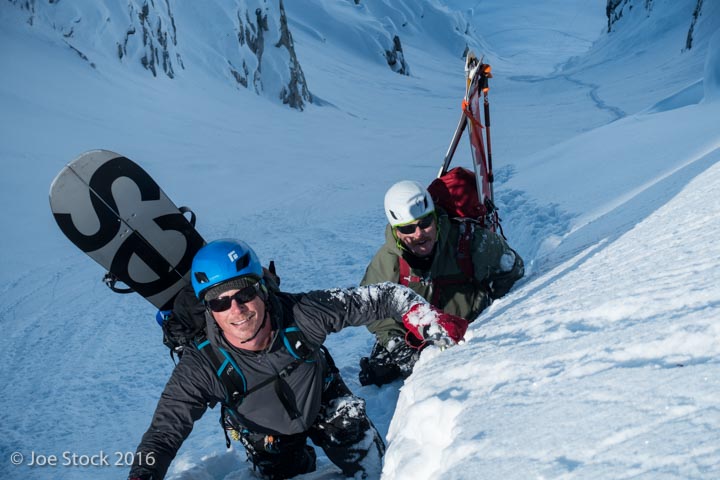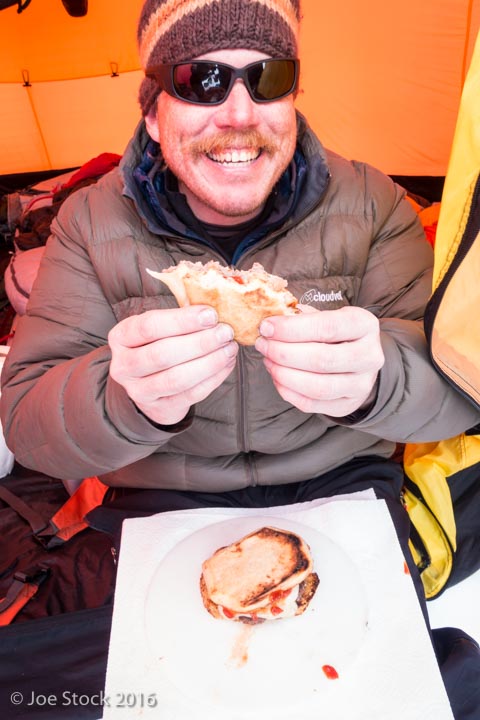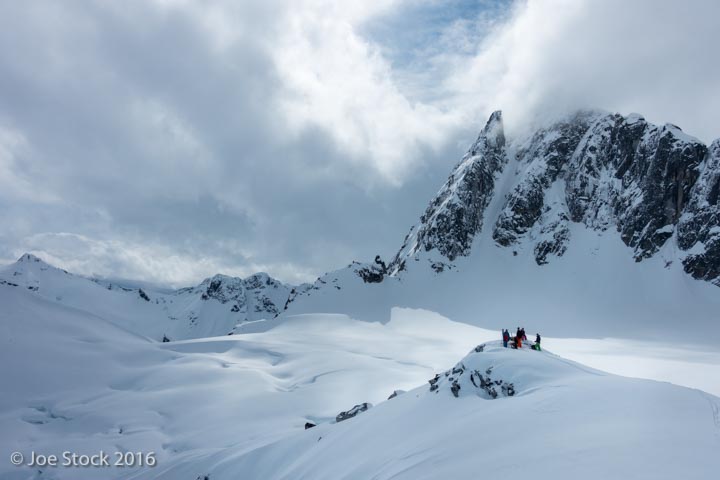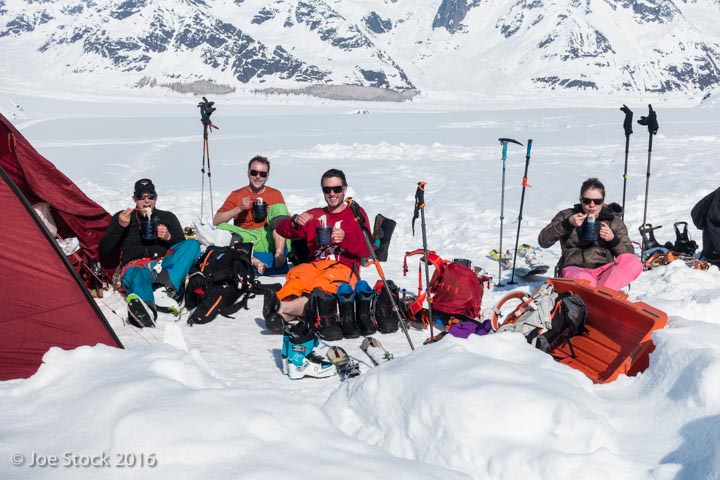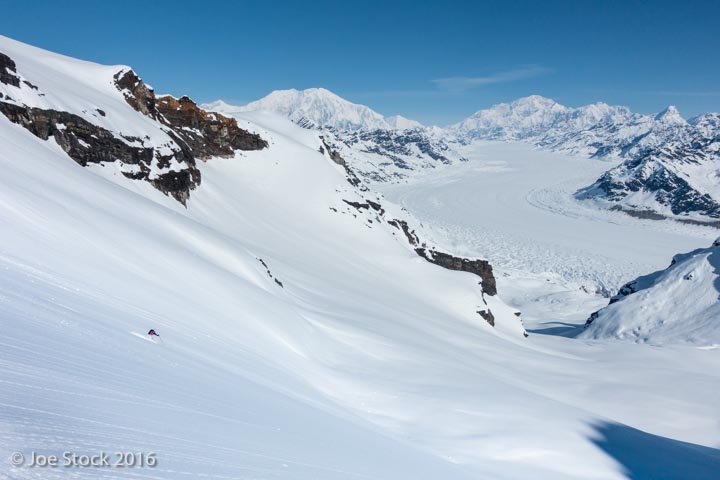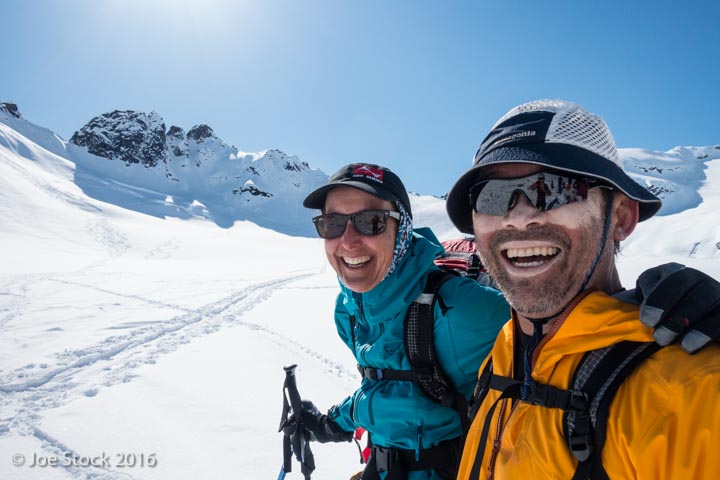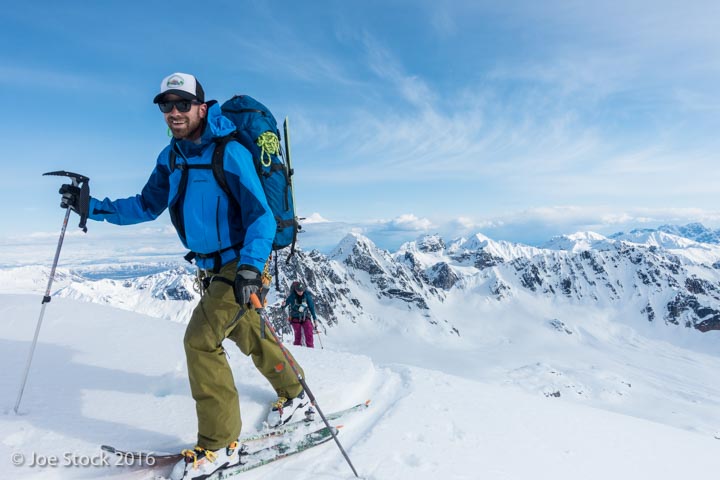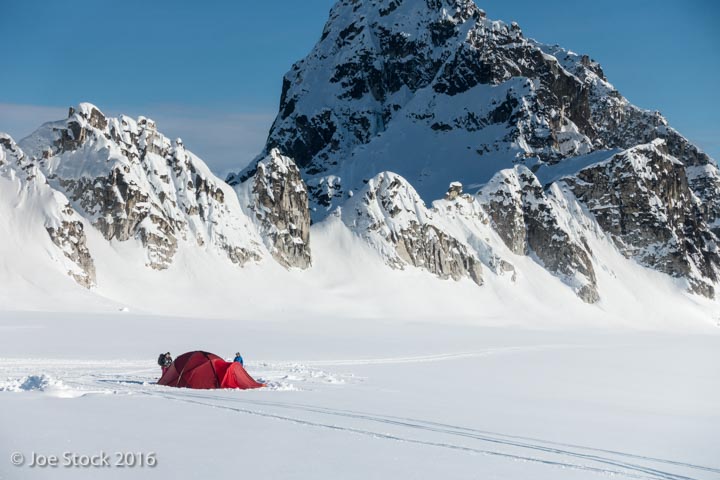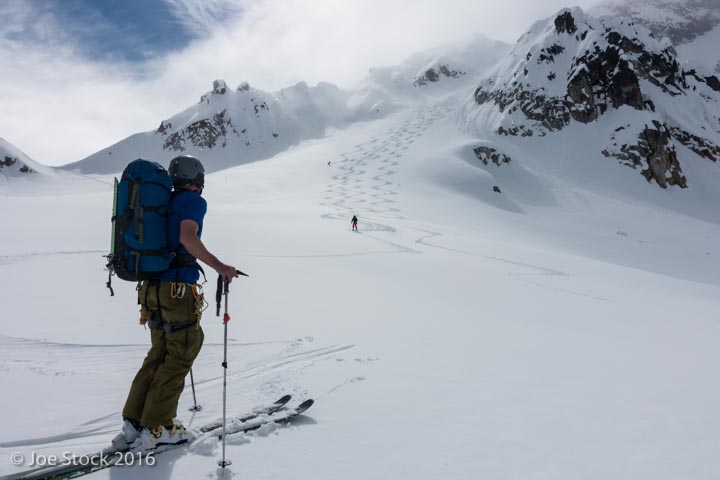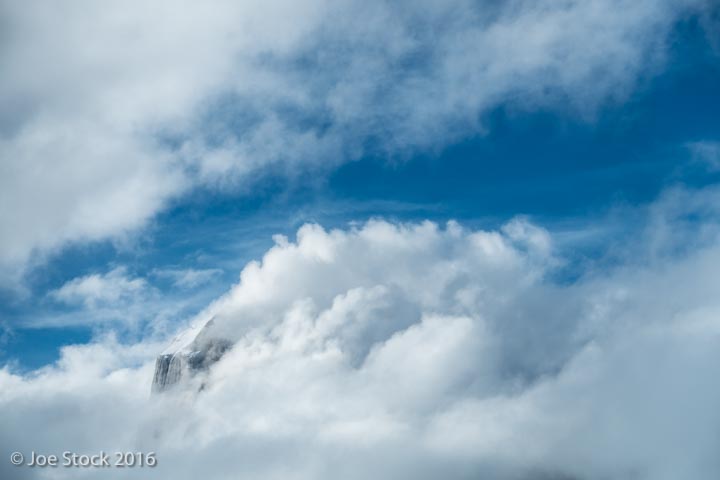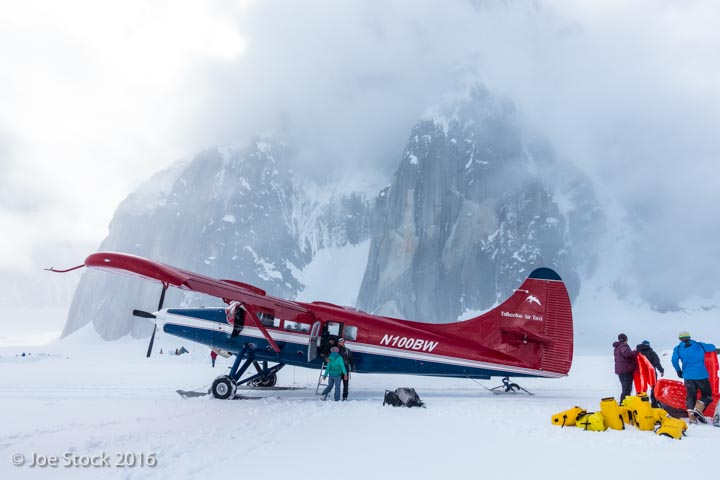Cathy and I sold our packrafts and committed to vacationing on rocks. Oh, the tough decisions! This summer, between work, courses and travel, Cathy and I climbed in Alaska, California, Idaho, France, Italy, Switzerland, Slovenia, Croatia and Colorado. Here are some of the highlights.

In mid-July we went to the Elephant's Perch in Idaho's Sawtooth Mountains. It's a solid chunk of stone, with an easy walk off, placed in a range of crumbling stone. I'd been hearing about the Perch's since I was a kid—a dream come true. Our food bag hangs above our micro tent, to keep out the ballsy chiselers.
A few days earlier we shook off the Alaska moss at the City of Rocks near Boise. The City was the most beautiful place we visited all summer. Massive blocks of granite in a high western grassland. I expected to see a pioneer wagon train moving across the distant prairie.
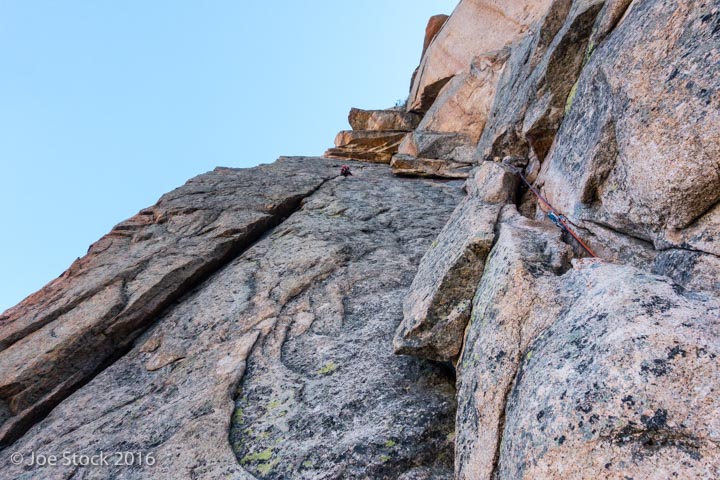
Cathy leading the first pitch of the Mountaineer's Route on Elephant's Perch. This six-pitch route is rated a soft 5.9 and is the easiest route at the Perch. All other routes at the Perch are not soft.

Cathy belaying me on pitch two of the Mountaineer's Route. The crux was near the top, described as an off-width, but was actually nice crack climbing.

After a swim, I chilled in camp with Cathy and Tom.

Rude awakening on day two. We found this first 5.10b layback pitch on Astro Elephant to be a stout, old-school pump-fest. Pitch seven had the notorious grade of old-school 5.9+ with runout face holds on a prow above 1,000 feet of air. Wow!

Cathy on the ninth and penultimate pitch of Astro Elephant. Our camp is on the granite isthmus between the lakes below.
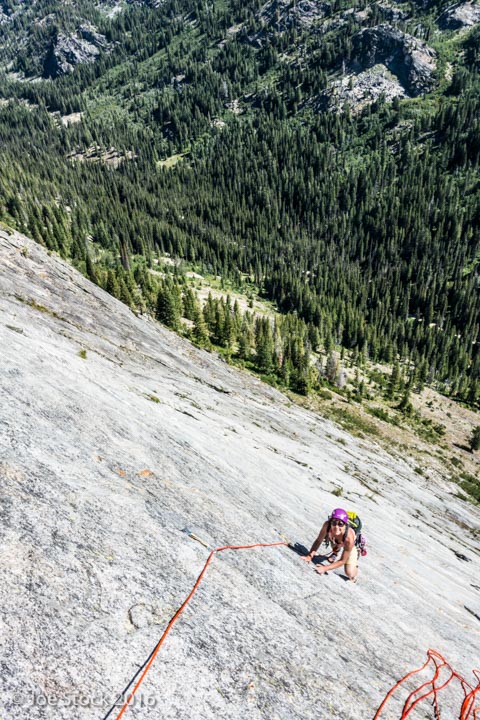
Cathy on Slick Rock near McCall Idaho. This 1,300-foot 5.fun route was 20 minutes from the Flanagan family reunion lodge in McCall. This year was Cathy's turn to organize the family reunion. I helped her select a strategic location.

Tico Allule rappelling the Pyramid du Tacul above the Mer de Glac near Chamonix. Tico wanted to "romp up something" to shake off his jet lag. This classic 300-meter route was a romp, and somehow we didn't get the rappel ropes stuck on the way down.
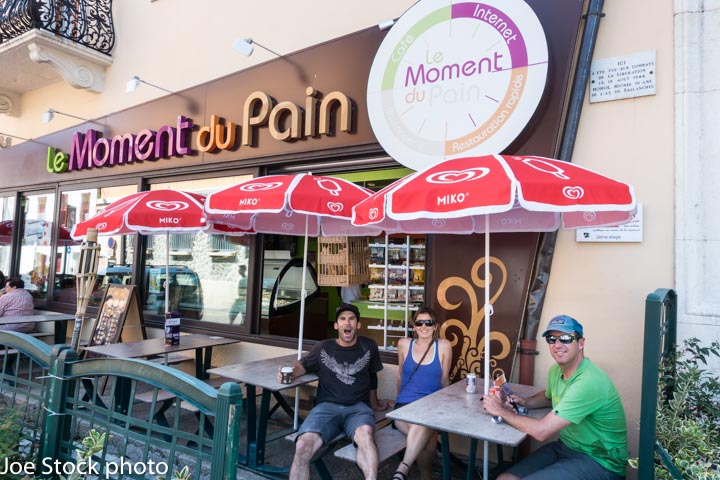
Andrew, Margo and Eric soothing the pain after sports climbing near Chamonix. FYI, in the US they sport climb, in Euro they sports climb.

Rachel Spitzer acclimatizing on overhanging 5.10 at 12,000 feet on the Éperon des Cosmiques.

Cathy and I on the Rébuffat route on the Minaret near the Argentierre Hut. 300 meters of red granite just 30 minutes from one of the best huts near Chamonix.
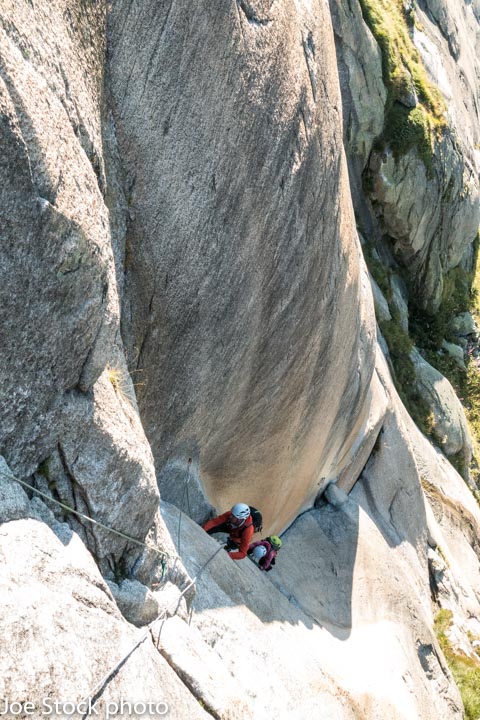
Eric Larson and Cathy climbing pitch five of 15 on Motorhead at Grimsel Pass in Switzerland. The night before we drove from Chamonix to Balhmer's Tent Village in Interlakken, drank beers, slept, woke at ass-crack thirty, drove, climbed and were back in Chamonix that evening.

Cathy following Eric's lead of what felt to me like the crux of Motorhead: 6b fingertips and smearing on glacier polish. The crack is bolted just in case you forgot which continent your are on. The actual crux came on pitch eight, which Cathy led.
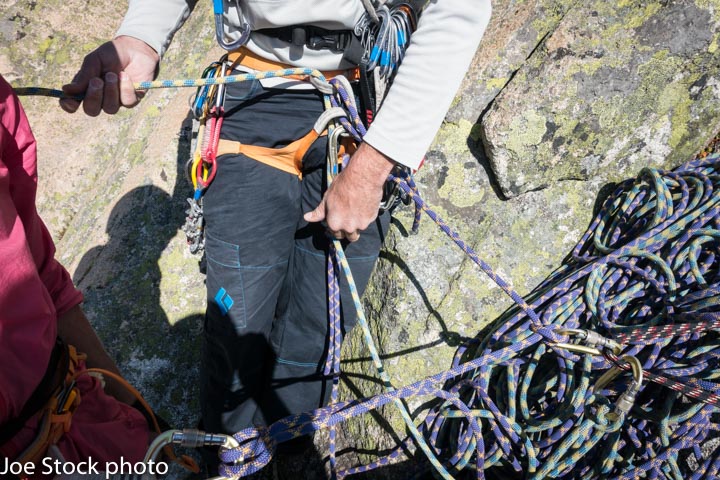
Cathy and Eric using the backside clove to change lead blocks. When climbing as a team of three, it's best to climb in blocks to minimize rope snafu's. This use of the backside clove is one of several tips that Eric reminded me of on the route:
Backside Clove: When transitioning from climbing to rappelling, or when transitioning block leaders as a team of three, use the backside clove to free up the ends.
Air Clove: As a second, when clove hitching into the anchor between your knot and a belay device in plaquette mode, build the clove in the air, not on the locker. If you build the clove directly on the locker, it could prevent the plaquette from catching.
Clove Belay: When belaying using a plaquette, you can air clove your second into a locker as they approach the belay. Belay them in the final bit by adjusting the clove.
Tangle Free: When guiding two clients on two ropes, assure the ropes are tangle-free before you start leading. If clients encounter tangles when you are 150 feet away, they may untie to solve the problem. You don't want clients to untie!

Cathy, Danny Uhlmann and Odin the Ancient Doggie at our place in Chamonix. Earlier I was sharing an apartment with Andrew in a more typical Chamonix condo with Ikea walls and a moldy carpet. The problem with this situation is that it's easy to move up in the world. It's not so easy to move back to moldy carpets.

Much of my mental energy this summer was focussed on surviving the recyclage in Chamonix. The recyclage is a three-day continuing ed class for French mountain guides. French guides must take the recyclage every six years. Americans working in France also need to take it. I love learning about guide stuff. The problem was this course was entirely in French, and my French is not the best. Plus, French guides would like to work on Denali and that's not allowed. So I was good and nervous going in, especially without another American as wingman.
As it turns out, the two instructors and 15 salty-dog French guides were super friendly. They translated a bunch for me and were all so kind. The French, what beautiful people.
The recyclage focus was communication. We did a day of first aid and rescue, but that still focussed on communication. They've found that when there are more French guides working near each other the number of accidents goes up. Why? Maybe because of competitiveness, shyness, or worrying what other guides are thinking. As you may have seen in the huts; the closest thing to a guide meeting is the guide apéritif. I'd say American guides do a great job at communication. Perhaps second only to Canadian guides.
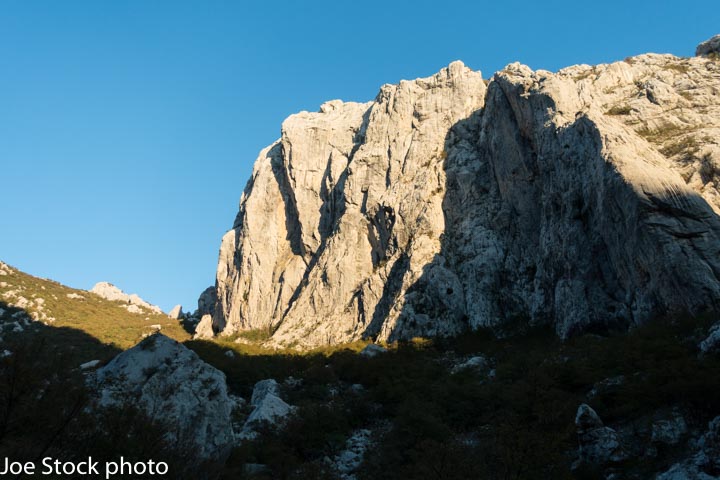
The Anika Kuk in Paklenica, Croatia. Cathy and I spent two weeks here working, living by the ocean, climbing 300-meter routes, watching sunsets and drinking Czech beer.
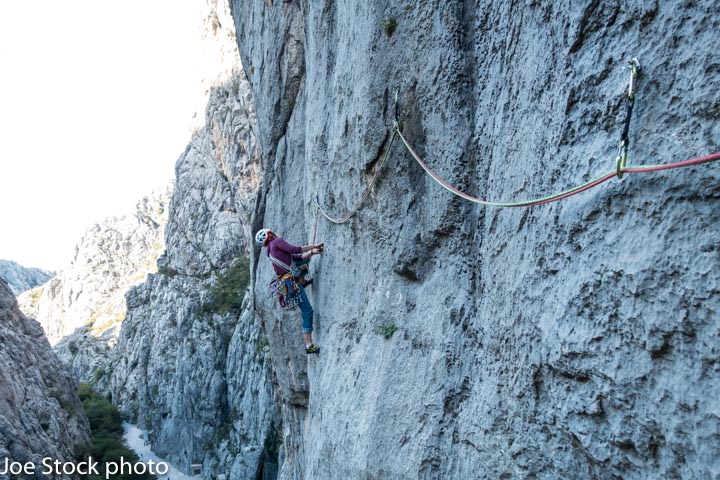
Cathy floating through the 6b+ crux of Senza Pieta. Thin holds that make you say "ouch!" The approach is five minutes up the road below.

Higher on Senza Pieta. The last pitch was overhanging jugs far above the trail.

One evening we drove to Zadar to see the "most beautiful sunset in the world." We used a small fried fish to measure exactly how beautiful the sunset was.
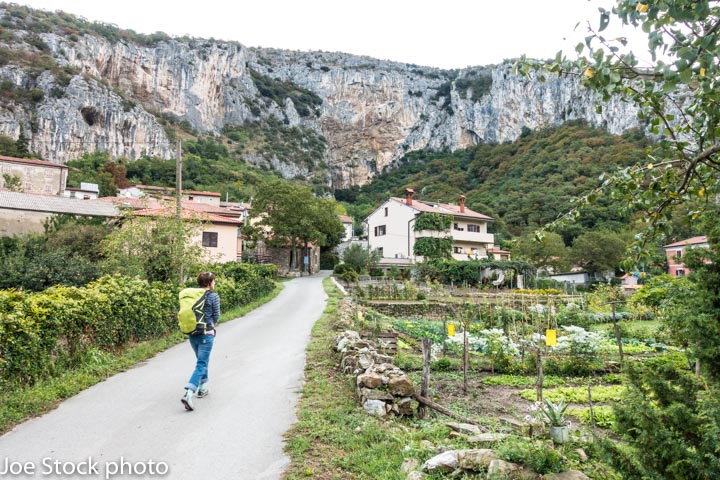
Cathy walking through Osp, Slovenia, not far from Trieste, Italy. We climbed two days in this massive limestone sinkhole lined with sport climbs.
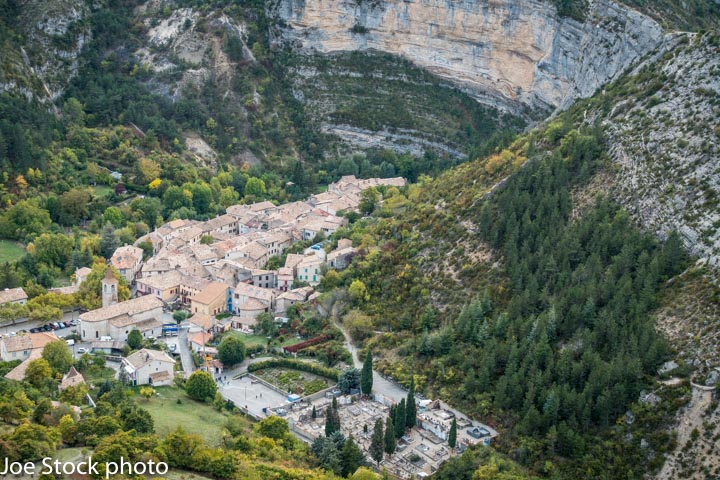
We finished our Euro trip with four days in Orpierre, a medieval village in Haute Provence surrounded by sunny limestone cliffs. Most of our summer climbing had been on long routes with airy cruxes—not the best place to push your grades. We wanted to clip bolts near the ground.
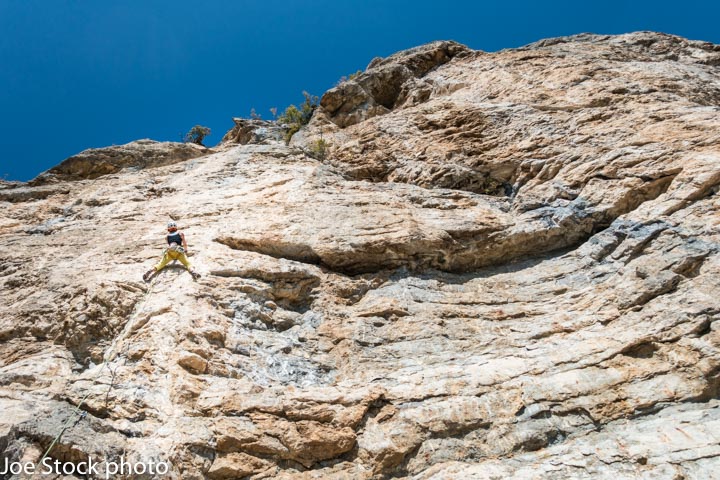
A happy wiffy clipping bolts and pulling on pumpy overhanging holds at Orpierre.

The Chamonix stash is still growing, but so is my passion for home in Southcentral Alaska! See you next summer Euroland!
